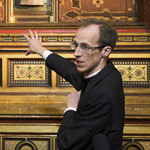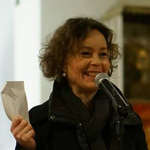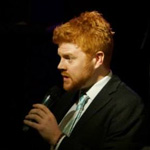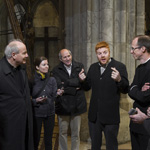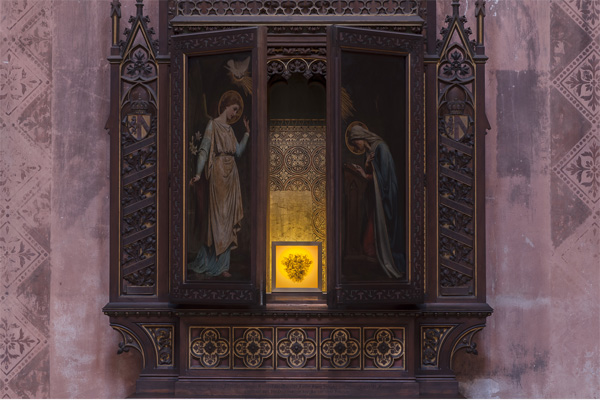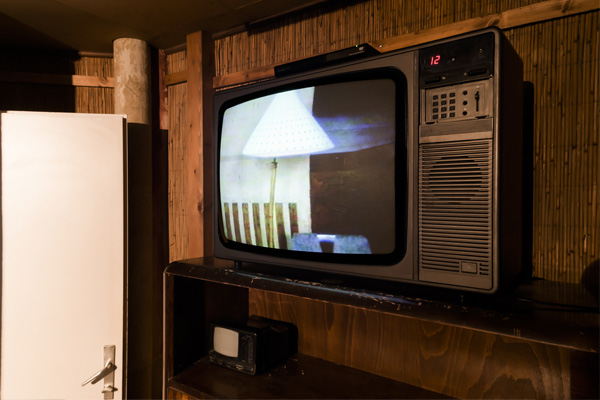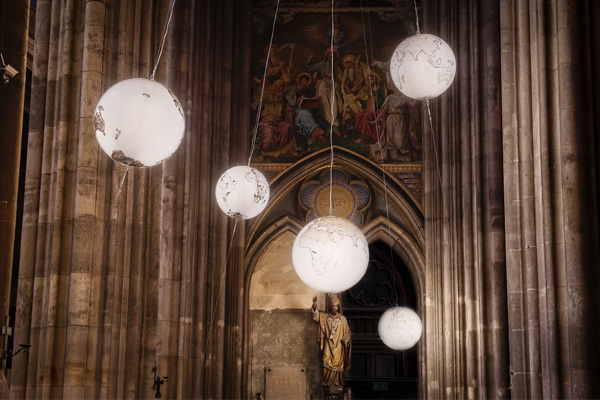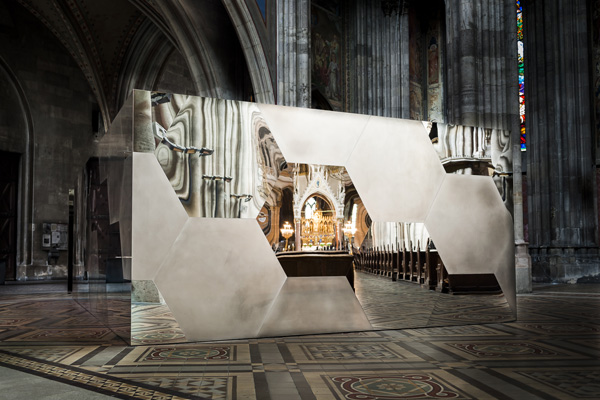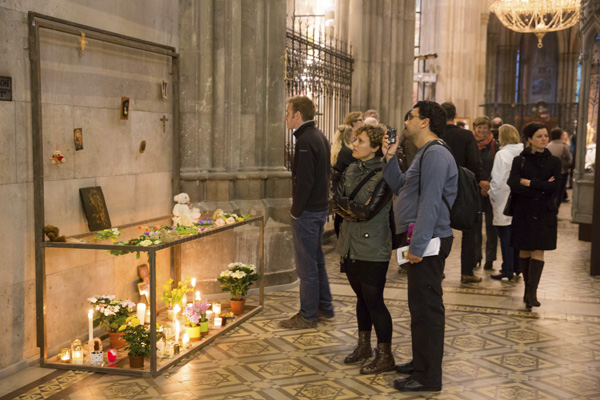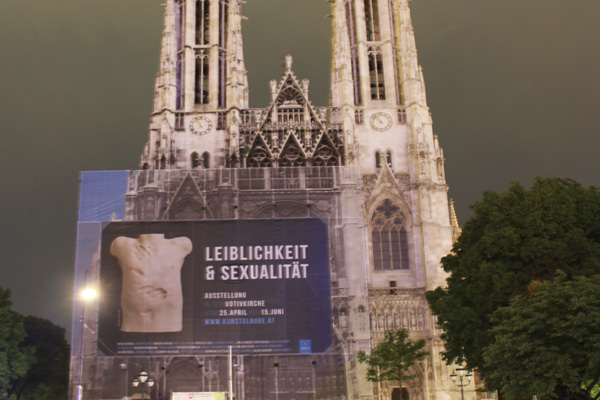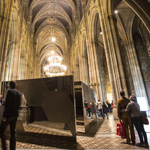VISITOR COMMENT
"A profound exhibition that has opened my eyes and my heart.. For so many years I have found it difficult to enter the Church. I love these buildings but I am overwhelmed with a feeling of unease at the thought of being in a church. Until today, I have not known why this is so. I`d convinced myself that it was because of the people, because of the rules, because of the institution. But today, this exhibition and Theology of the Body that it so gently engages have helped me to see things more deeply, to see things as they really are. I have already been here several times since the exhibition opened. The first time I came here I must be honest and say that I had no idea what I was looking at. But these artworks have stayed with me, they keep coming back to me. The experience I`ve had with each of the artworks has remained with me. As a result, I am changed. I feel as though I have been reborn. The reason why I did not feel comfortable in the Church was because I did not feel comfortable with my sexuality. I was afraid that my sexuality was “disordered”, I was afraid that all that is available to “church people” was not available to me. But I have realized today, as I reflect once again on these beautiful, incredibly inspiring artworks, my soul, my spirit has not been invited into my body. I’ve been living a struggle between spirit and flesh but only in a way that I have perceived it as such. Through the relationship that each of these artworks have to each of the chapels, to this remarkable church, I have discovered that my body is not opposed, separate or at war with my spirit. As the video projection on the window invites me to reflect on spiritual and bodily desires, I realize that my desires, my deepest desires are longing for one thing. If these artworks can sit comfortably in this Church and I can feel comfortable here through the access these works provide, then my spirt can feel comfortable in my body. My spirituality can sit comfortably within my corporeality just as my sexuality sits comfortably for the first time ever, in the Church. Thank you for this wonderful opportunity to discover the healing power of art and the possibility of deep transformation," Ben, London

